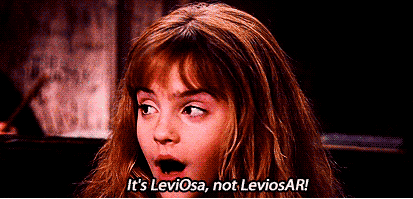Now many people like watching American TV series, but because they cant understand English, they need to watch subtitles. Today, Hefei translation company will tell you what to pay attention to when translating videos? The so-called video t
Now many people like watching American TV series, but because they can't understand English, they need to watch subtitles. Today, Hefei translation company will tell you what to pay attention to when translating videos?
The so-called video translation, also known as multimedia translation, is a major demand in cultural exchanges, including short and medium-sized film and television works and a large number of foreign open multimedia materials such as Chinese translation. In the process of multimedia and audio-visual document translation, the sound is translated into the target language with subtitles. Foreign language dialogue translation or other explanatory text appearing on the screen or under the TV screen, such as the title of the film, the list of actors and actresses, librettos, dialogues, explanatory words, such as the introduction of the characters, place names and time, etc. Compared with other types of translation, video translation has its own unique features, so in the process of translation, there are some matters needing attention in the process of translation. Today, Hefei translation company will briefly introduce what should be paid attention to when doing video translation?

translation
First of all, video translation needs to be based on the original content of the translation. To put it bluntly, video translation is similar to translation. When translating, you need to translate according to the specific content of the document. When translating a video, you also need to understand the main content of the original video, and then translate it concisely and fluently according to the content, and express the central idea completely.
Secondly, when doing video translation, we need to consider the different structures of different languages and the reading habits suitable for readers. For example, when translating English video into Chinese, the content cannot be directly translated, because the structure of English and Chinese is different. If it is directly translated, it will give people a feeling of obscurity. Therefore, the translator should first translate the English content into Chinese content, and then recombine it according to Chinese habits.
Finally, video translation can not do without a higher professional level and flexible translation methods. Some translators are limited in their professional ability, and they often adopt rote translation methods. In fact, video translation is different from other translations. It does not necessarily have to stick to one-to-one correspondence, nor does it need to translate word by sentence deliberately. It can be adapted under the premise of being loyal to the original text, so that the whole can be displayed more smoothly. It requires translators not to stick to this point In order to better complete the work of video translation, we should strengthen our professional ability, do a good job of accumulating work and apply what we have learned.
Generally speaking, video translation requires a high level of professional competence. When encountering translation difficulties, we must consult more materials or professionals. In the process of translation, we should not tamper with the original text at will, nor integrate into personal feelings, let alone speculate. We must express the meaning of the original from an objective point of view. What do you think?






